The actions of some so called “patriots” yesterday, January 7, violently attacking the Capitol, (with confederate and Trump flags waving), looting and threatening, was nothing short of domestic terrorism, a staged coup orchestrated through incitement by the President himself. He should be held equally responsible for this attack on Democracy and our Nation and face the law – this is the “Law and Order” President should suffer the consequences of his violent actions, words have power and he needs to be held accountable. Who does not see beyond his sham, “we love you… you are beautiful people… go home in peace”. The truth is so obviously revealed here, about the imbedded racism in this President and this country. Where was the protection for our “great institution of Democracy”. You know that had this been Black Lives Matter storming the capitol, never even reaching the steps, they would have been violently pushed back, as they had been when they peacefully protested on the street last summer in Washington and violently attacked for Trumps photo op and then attacked in various cities around the Nation by police outfitted in military gear. Had people of color attempted to break into the Capitol, smashing windows and forcing their way in, I have know doubt, as you should as well, as history has shown us, there would have been multiple persons shot on the site, no questions asked, before they even breached the building. And only 50+ people arrested, (many for violating curfew), this is an outrage, there is video footage of hundreds storming the capitol, why are not the police and FBI searching for and arresting these terrorists and their leader. Let’s not even talk about the shamefully late protests, (though wonderful speeches) of the politicians that tried at last minute to distance themselves from the disgraceful and traitorous instigator in chief. Yes we need healing at this moment in our nation, and yes there are small baby steps of progress in the evolution towards a Civilized Human Society, but the healing we need is very deep and needs to begin within each and everyone of us. I am speaking now to white America here – we all need to take a long look in the mirror, (not just the Republicans, but every white person in America as we are the “controlling power” the beneficiaries of the system of injustice, the white supremacy that has ruled our nation since it’s inception) and see our imbedded racism and work consciously to recognize and change it within us and within the system that created it. This is what is meant by defund the police – It means a re-organization of what, who, how and why policing is done – the tip of the iceberg. What is absolutely necessary for real evolution to happen is for all of us, every human being, to align ourselves fully with the intention of love, compassion and justice and to work towards having our actions align with this intention -this is the only way to see positive change in our world. May 2021 see us all move in the direction of intention and alignment.
Intention is the essence of it all. In all my workshops I stress how intention is the energy field in which our art, (and life) exist. In painting, our intention will determine the choice of materials, the composition, value structure, colors, focal point, level of detail, etc. etc. In life intention can determine our actions (and reactions) … if we follow it. On the other hand as Picasso said, “In art intentions are not sufficient and, as we say in Spanish, love must be proved by deeds and not by reasons. What one does is what counts and not what one had the intention of doing.” We might say this is also true in life, how many times have we seen in history where actions do not follow the stated intention, often yielding disastrous results.So here is were the clarification needs to be made – one must align ones actions with ones intentions to fulfill the intention, to achieve a Unity of Being and a “successful” work of art, where all the parts work to serve the whole, the intention. In art as in life, this is much easier said than done. But the gift of intention is that it serves as the “barometer” for evaluating our actions, (our artwork). I also have always said there are no mistakes in art, (you should know that I see art & life as interchangeable), there are only actions, passages, elements, that are not in line with the intention. When gaining a little distance and seeing the whole in relationship to the intention these become clear, (as it’s said, hindsight is 20/20). They afford us the opportunity for change and growth. Perhaps they are our greatest teachers. This is the basis of real critique, (not to be mistaken or exchanged for criticism). By understanding out intention we can understand where we are at and where we are going and thus determine what we need (to do) to get there, to be aligned with the intention, to be whole. The “mistakes” are challenges, opportunities for change, not always welcome as they force us from our comfort zone, but part of the natural course of evolution. This past year, 2020, has brought with it many such challenges. Everyone on the planet has been effected. Some less than others, many unfortunately have suffered greatly. It has certainly made it clear to a diverse score of us how interdependent we are – on one another, on family, friends, neighbors, -strangers and nations and also on nature, our environment, the planet in which we live.
It is our hope and prayer that we may all enter 2021 and beyond with the intention of bringing more love, compassion, kindness, awareness, beauty and creativity into the world and that our actions will align with those intentions. May that collective energy be a restorative power of healing in our world.
With gratitude and wishes for your good health and a wonderful New Year – Keep Creative!
Bob and Monica
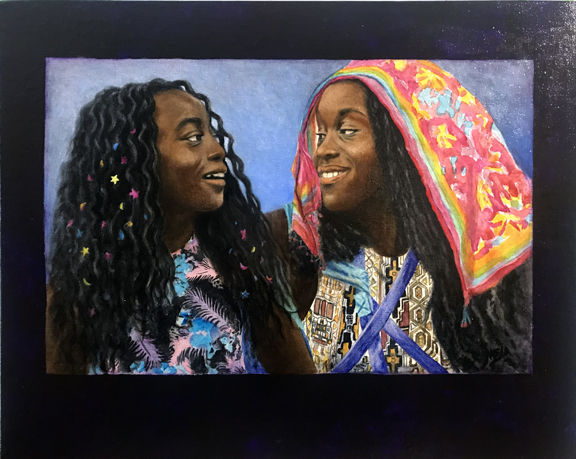


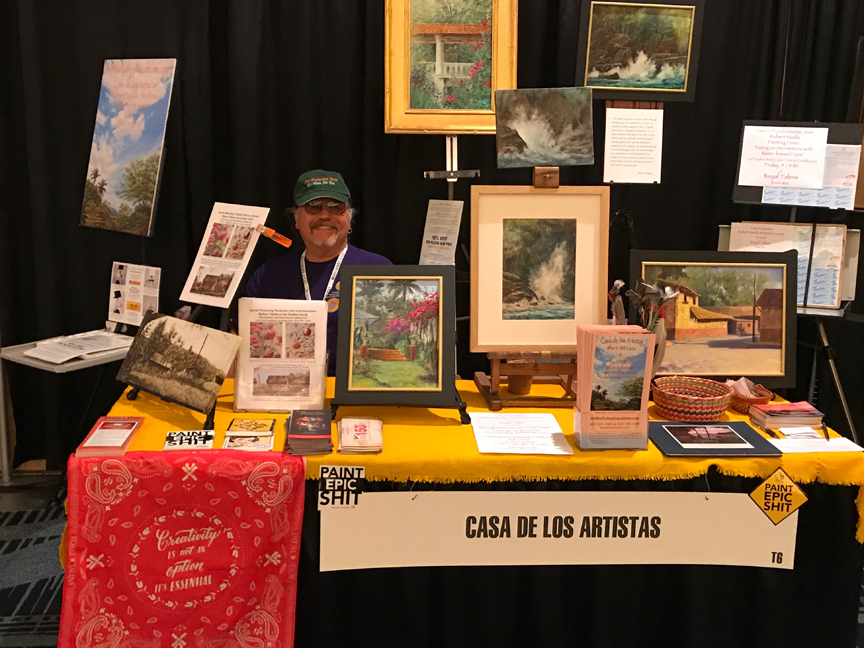 Bob at the Casa table during PACE 2019 in San Francisco
Bob at the Casa table during PACE 2019 in San Francisco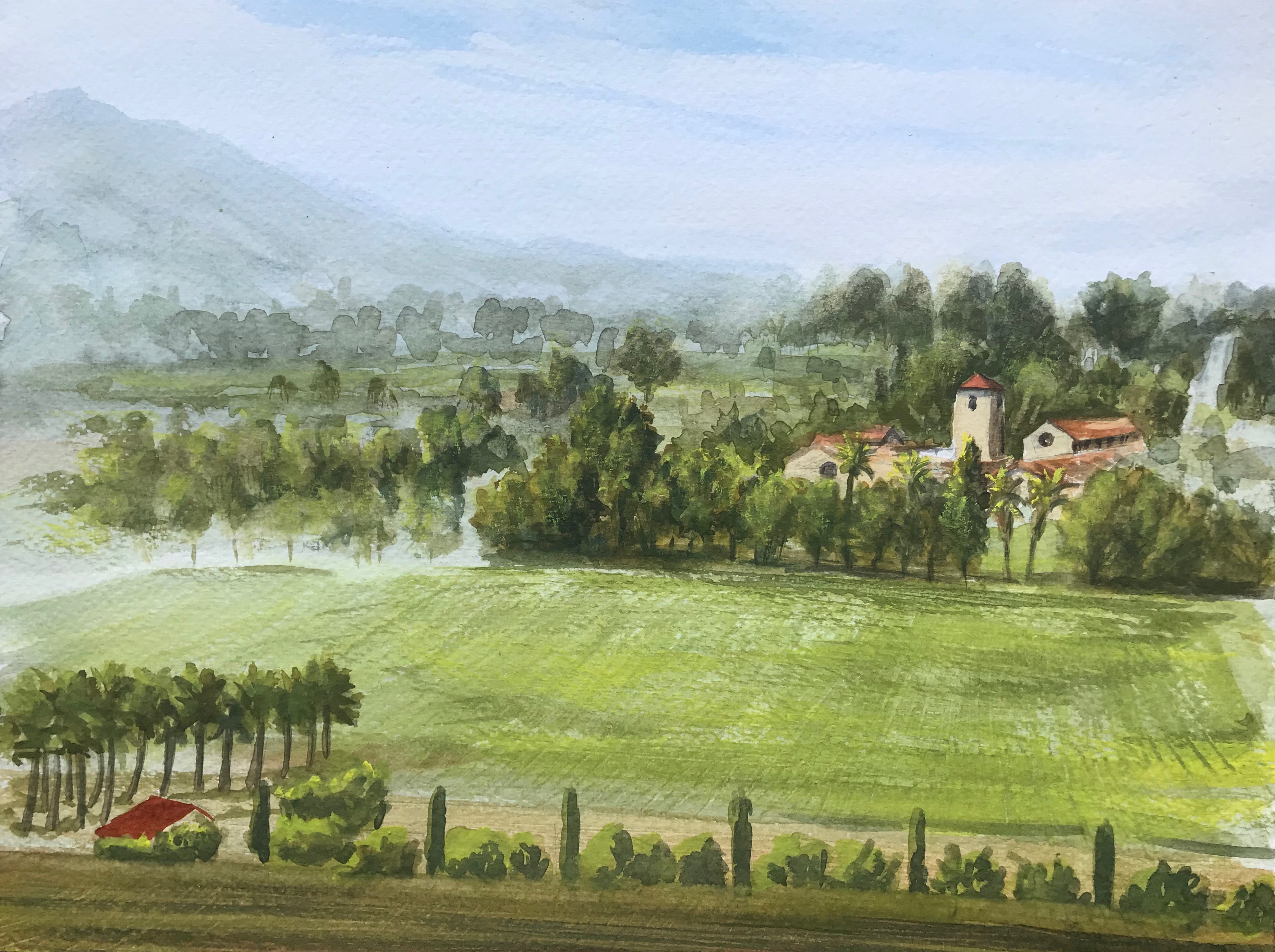 Masla, Rembrandt water on 9" x 12" Van Gogh paper
Bob's watercolor painted that Sunday, where hundreds of painters came to paint at the Viansa Vinyard in Sonoma
Masla, Rembrandt water on 9" x 12" Van Gogh paper
Bob's watercolor painted that Sunday, where hundreds of painters came to paint at the Viansa Vinyard in Sonoma
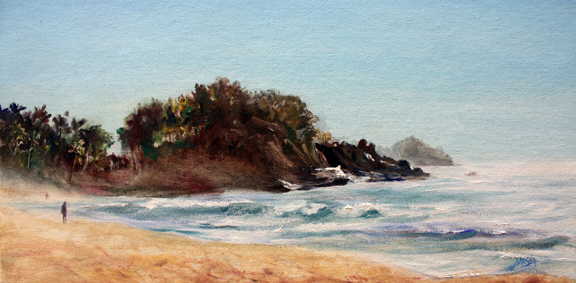 Robert Masla, Salt in the Air, (plein air San Pancho), Cobra oil on 8" x 16" Fredrix all media canvas paint board.
Robert Masla, Salt in the Air, (plein air San Pancho), Cobra oil on 8" x 16" Fredrix all media canvas paint board.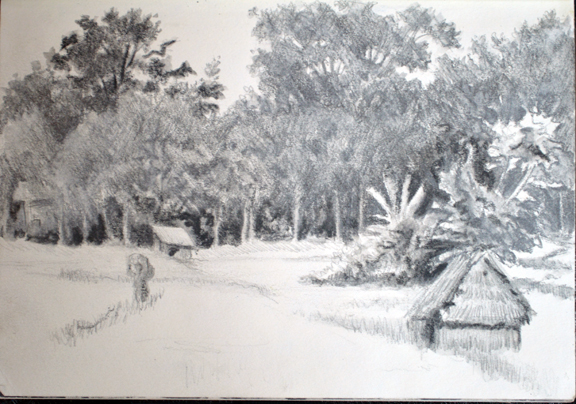 Robert Masla, Rice Fields in Ubud, Bali, Graphite wash in
Robert Masla, Rice Fields in Ubud, Bali, Graphite wash in  Robert Masla, Hint of Fall, (plein air in Apple Valley, 3, 3 hour sessions) Cobra oil on Fredrix canvas.
Robert Masla, Hint of Fall, (plein air in Apple Valley, 3, 3 hour sessions) Cobra oil on Fredrix canvas.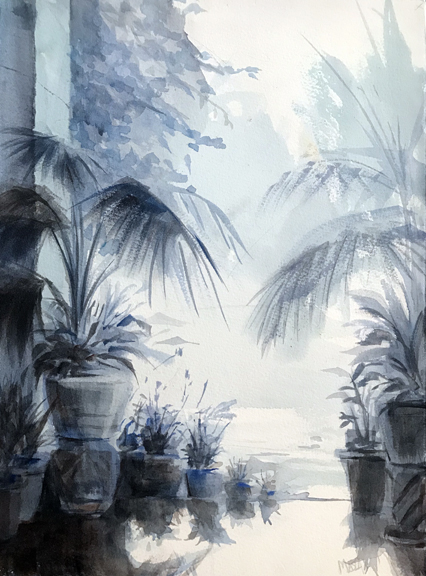 Robert Masla, Balance in Warm and Cool Greys, value study demo at Puerto Vallarta Botanical Gardens, Rembrandt watercolor on 1/2 sheet Fabriano Artistico cold press paper.
Robert Masla, Balance in Warm and Cool Greys, value study demo at Puerto Vallarta Botanical Gardens, Rembrandt watercolor on 1/2 sheet Fabriano Artistico cold press paper. Robert Masla, Morning Walk, (Plein Air on Apple Valley), using a variation of an imprimatura technique with Rembrandt oils on 8" x 16" Fredrix all media paint board
Robert Masla, Morning Walk, (Plein Air on Apple Valley), using a variation of an imprimatura technique with Rembrandt oils on 8" x 16" Fredrix all media paint board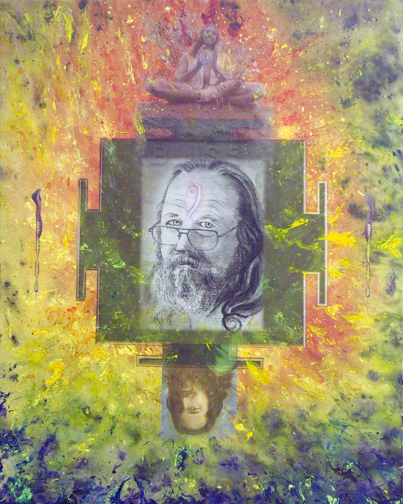
 Robert Masla: Going Towards the One,watercolor on arches paper, 1974
Robert Masla: Going Towards the One,watercolor on arches paper, 1974

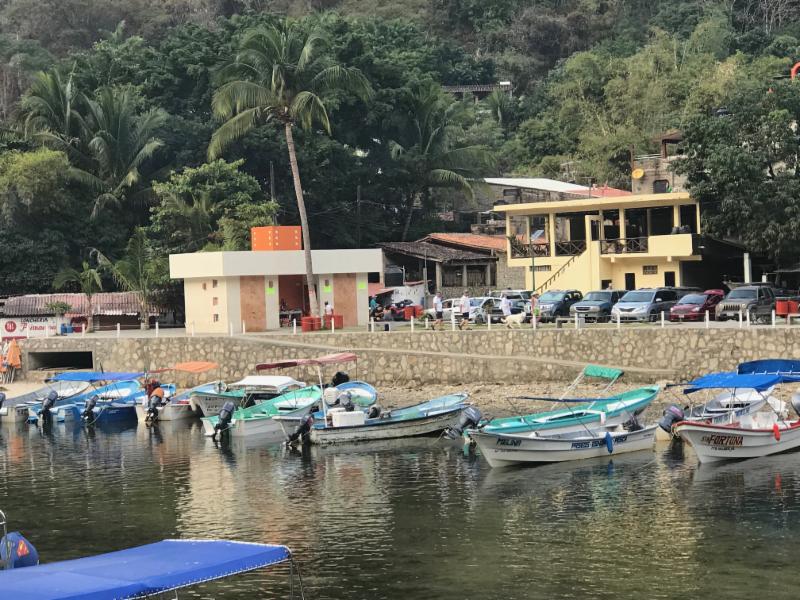
 Easy access stairs and ramp to the boats from the parking lot
Easy access stairs and ramp to the boats from the parking lot

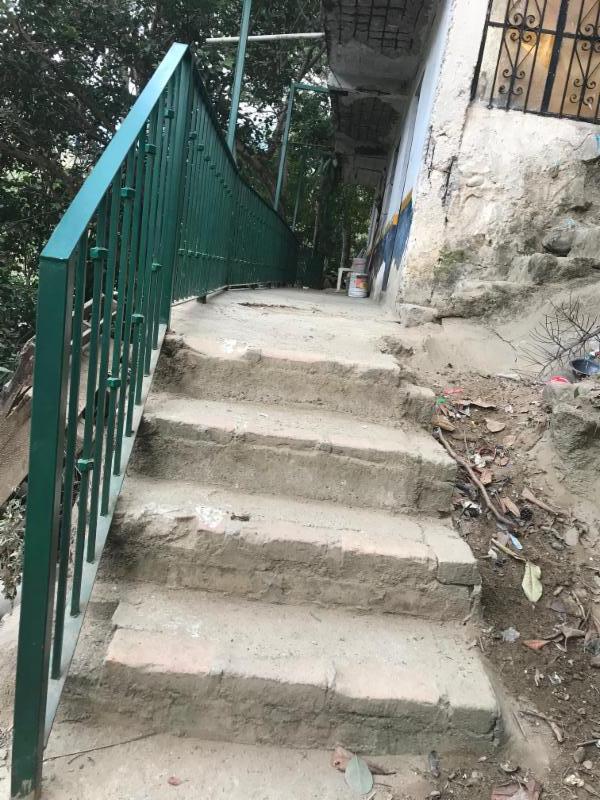
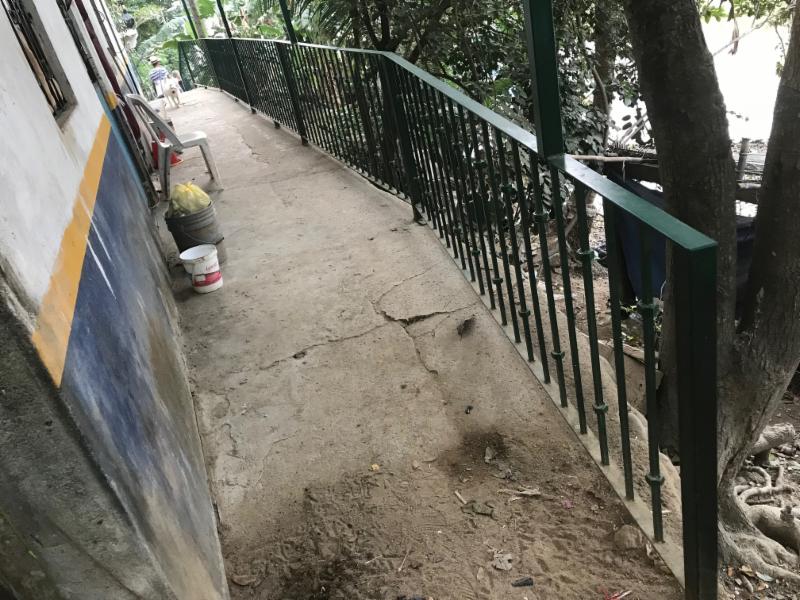
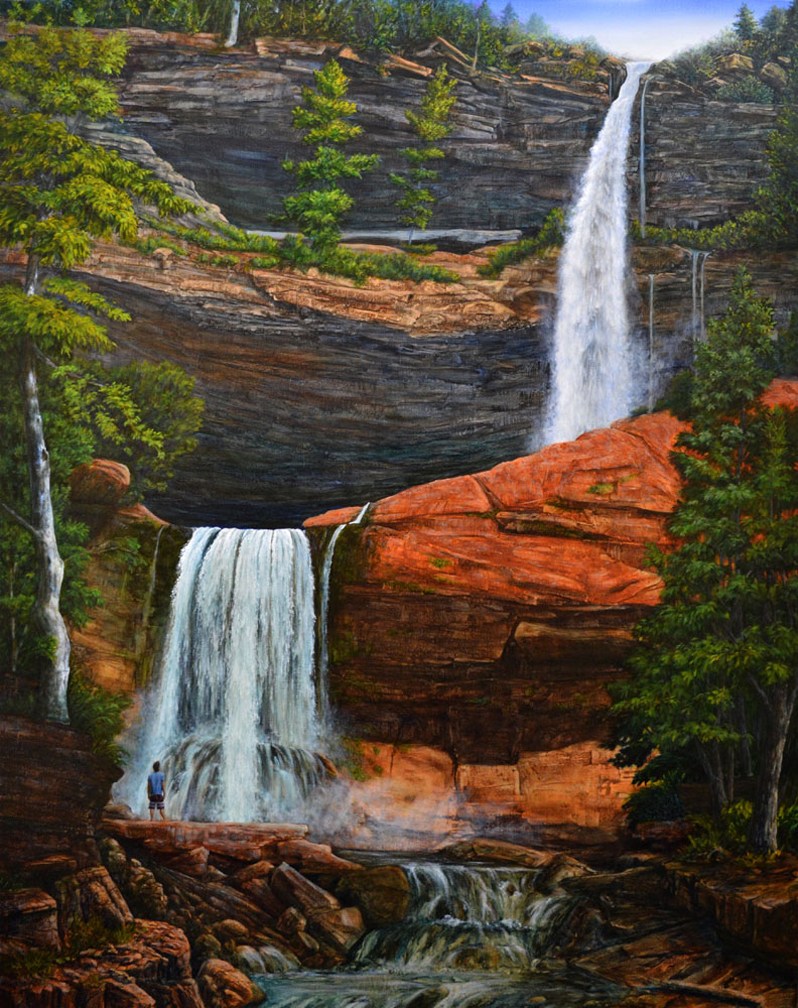

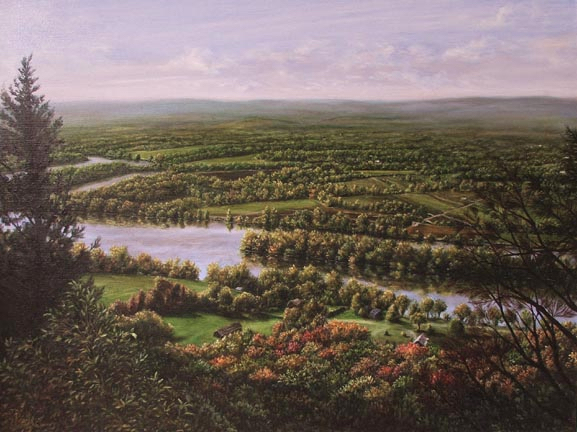
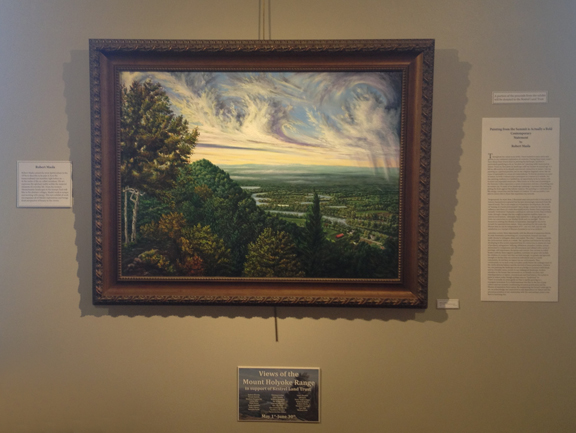
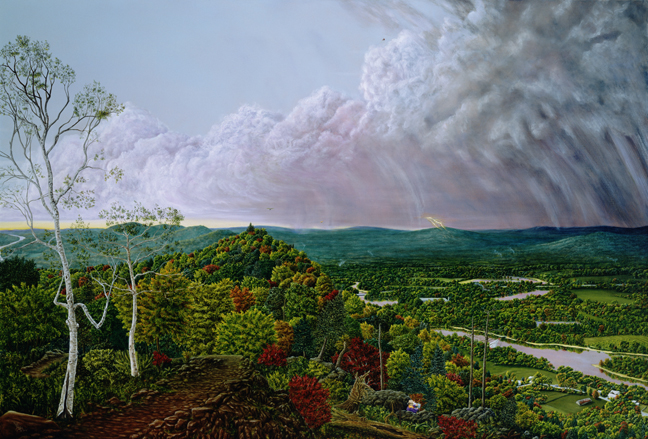 Masla, “View From the Summit – Homage to Thomas Cole” oil & alkyds on linen, 52″ x 76″, not in the current exhibition. Exhibited in the lobby of the Mt. Holyoke College Museum of Art for the opening of the exhibit, “Changing Prospects, The View from Mt. Holyoke”, Color reproduction pp 70 of Museum Exhibition catalogue.
Masla, “View From the Summit – Homage to Thomas Cole” oil & alkyds on linen, 52″ x 76″, not in the current exhibition. Exhibited in the lobby of the Mt. Holyoke College Museum of Art for the opening of the exhibit, “Changing Prospects, The View from Mt. Holyoke”, Color reproduction pp 70 of Museum Exhibition catalogue.
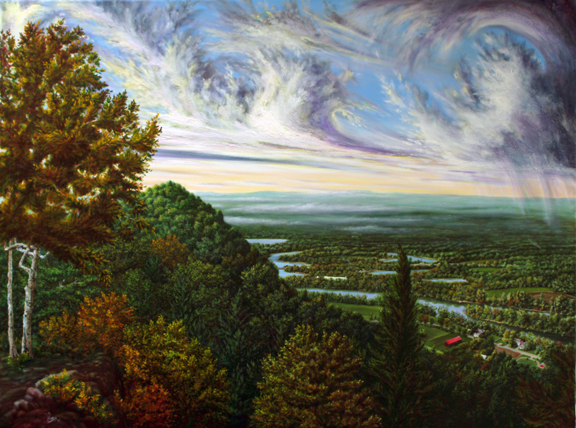 Masla, “Summit View Revisited”, oil on linen, 30″x40″
Masla, “Summit View Revisited”, oil on linen, 30″x40″